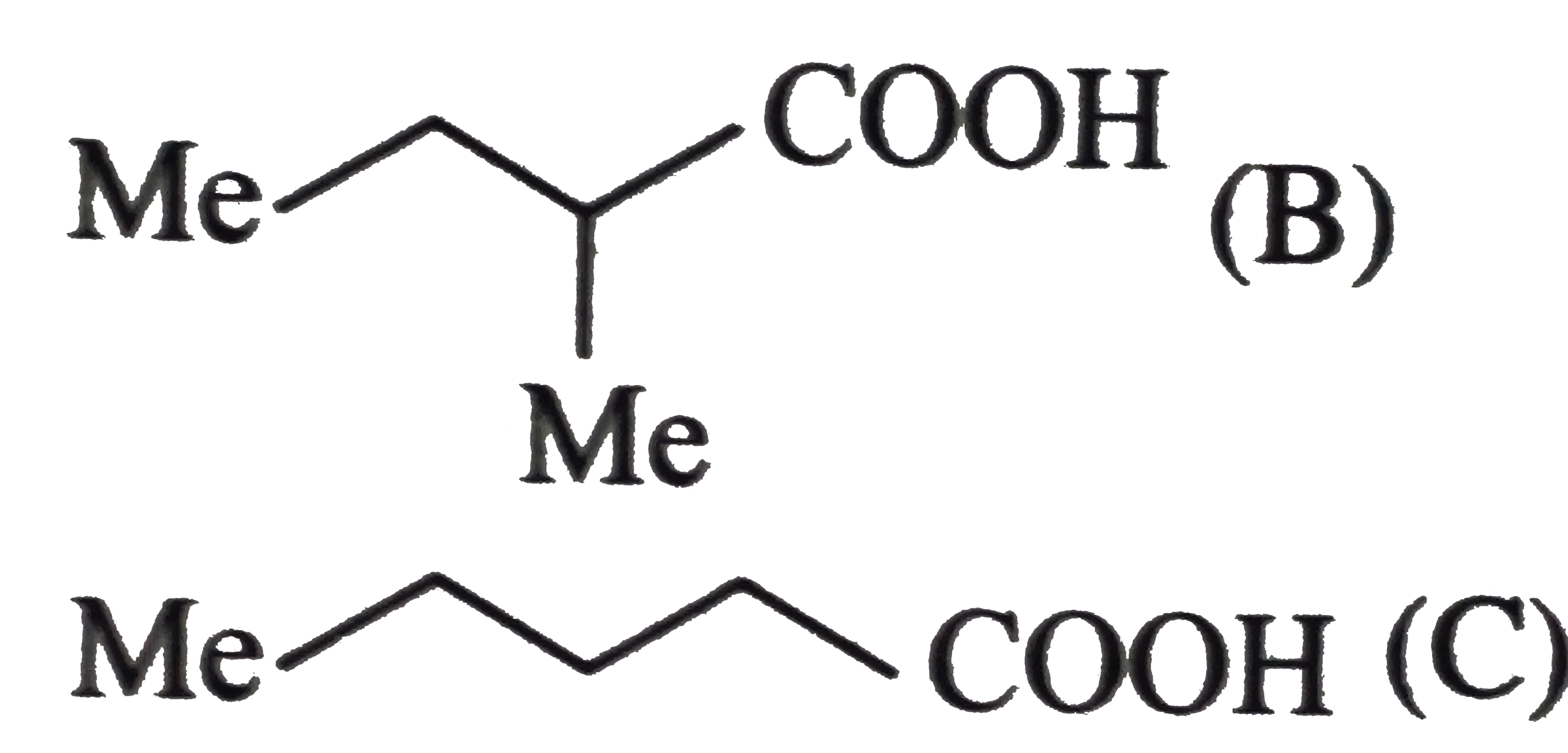Differentiate between the following
Heart wood and Sapwood
Step-by-Step Solution:
1. Definition and Location:
- Heartwood: Heartwood is the central part of the secondary xylem in a tree. It is located near the pith and is formed from older layers of xylem that have become non-functional.
- Sapwood: Sapwood is the outer part of the secondary xylem, found just beneath the bark. It consists of younger, functional xylem that is actively involved in the conduction of water.
2. Color:
- Heartwood: Typically, heartwood is dark brown in color due to the accumulation of various secondary metabolites.
- Sapwood: In contrast, sapwood is usually light in color, reflecting its younger and more active nature.
3. Durability:
- Heartwood: Heartwood is hard and durable. It contains deposits of secondary metabolites such as tannins, resins, and latex, which contribute to its strength and resistance to decay.
- Sapwood: Sapwood is less durable and more prone to decay when exposed to the environment. It is physiologically active but physically dead.
4. Function:
- Heartwood: The primary function of heartwood is to provide mechanical support to the plant. It does not conduct water.
- Sapwood: The main function of sapwood is to conduct water and nutrients from the roots to the leaves, playing a crucial role in the plant's overall physiology.
5. Presence of Tyloses:
- Heartwood: Heartwood contains structures called tyloses, which are parenchymatous cells that can form plugs, contributing to its non-conductive nature.
- Sapwood: Sapwood does not contain tyloses, as it is still actively involved in the conduction of water.
Summary Table:
| Feature | Heartwood | Sapwood |
|----------------------|----------------------------------|----------------------------------|
| Location | Central part of secondary xylem | Peripheral region of secondary xylem |
| Color | Dark brown | Light in color |
| Durability | Hard and durable | Less durable, decays faster |
| Function | Mechanical support | Conduction of water |
| Presence of Tyloses | Contains tyloses | Does not contain tyloses |
- Heartwood: Heartwood is the central part of the secondary xylem in a tree. It is located near the pith and is formed from older layers of xylem that have become non-functional.
- Sapwood: Sapwood is the outer part of the secondary xylem, found just beneath the bark. It consists of younger, functional xylem that is actively involved in the conduction of water.
- Heartwood: Typically, heartwood is dark brown in color due to the accumulation of various secondary metabolites.
- Sapwood: In contrast, sapwood is usually light in color, reflecting its younger and more active nature.
- Heartwood: Heartwood is hard and durable. It contains deposits of secondary metabolites such as tannins, resins, and latex, which contribute to its strength and resistance to decay.
- Sapwood: Sapwood is less durable and more prone to decay when exposed to the environment. It is physiologically active but physically dead.
- Heartwood: The primary function of heartwood is to provide mechanical support to the plant. It does not conduct water.
- Sapwood: The main function of sapwood is to conduct water and nutrients from the roots to the leaves, playing a crucial role in the plant's overall physiology.
- Heartwood: Heartwood contains structures called tyloses, which are parenchymatous cells that can form plugs, contributing to its non-conductive nature.
- Sapwood: Sapwood does not contain tyloses, as it is still actively involved in the conduction of water.
|----------------------|----------------------------------|----------------------------------|
| Location | Central part of secondary xylem | Peripheral region of secondary xylem |
| Color | Dark brown | Light in color |
| Durability | Hard and durable | Less durable, decays faster |
| Function | Mechanical support | Conduction of water |
| Presence of Tyloses | Contains tyloses | Does not contain tyloses |
Topper's Solved these Questions
- ANATOMY OF FLOWERING PLANTS - PLANT TISSUESBOOK - ICSECHAPTER - ANATOMY OF FLOWERING PLANTS - PLANT TISSUESEXERCISE - REVIEW QUESTIONS (VERY SHORT ANSWER TYPE QUESTIONS)
50 Videos
- ANATOMY OF FLOWERING PLANTS - PLANT TISSUESBOOK - ICSECHAPTER - ANATOMY OF FLOWERING PLANTS - PLANT TISSUESEXERCISE - REVIEW QUESTIONS (SHORT ANSWER TYPE QUESTIONS)
40 Videos
- ANATOMY OF FLOWERING PLANTS - PLANT TISSUESBOOK - ICSECHAPTER - ANATOMY OF FLOWERING PLANTS - PLANT TISSUESEXERCISE - REVIEW QUESTIONS (FILL IN THE BLANKS)
5 Videos
- ANATOMY OF FLOWERING PLANTS BOOK - ICSECHAPTER - ANATOMY OF FLOWERING PLANTS EXERCISE - Ncert Exercises (Differentiate Between )
23 Videos
- ANIMAL KINGDOMBOOK - ICSECHAPTER - ANIMAL KINGDOMEXERCISE - Ncert Exercises (Differentiate between )
11 Videos
Similar Questions
Differentiate between the following
Spring wood and Autumn wood
View SolutionDifferentiate between the following:
Transpiration and evaporation
View SolutionDifferentiate between the following:
Seed and fruit
View SolutionDifferentiate between the following
Protophloem and Metaphloem
View SolutionDifferentiate between the following
Tunica and Corpus
View SolutionDifferentiate between the following :
Mitochondria and Chloroplast.
View SolutionDifferentiate between the following:
Calyx and corolla
View SolutionDifferentiate between the following:
Stamen and carpel
View SolutionDifferentiate between the following:
Lotus and Hydrilla
View SolutionDifferentiate between the following acids :
(a)
(b)
View Solution
